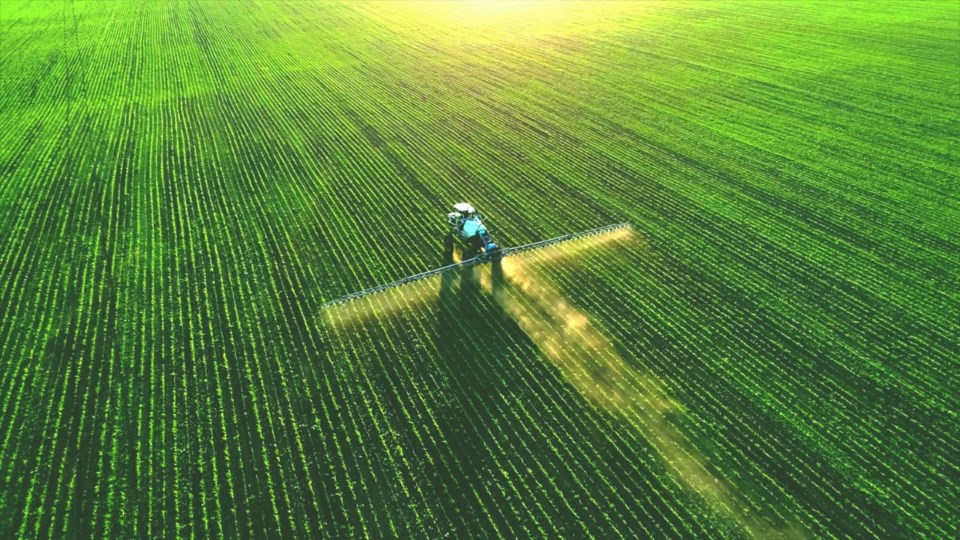YORKTON - The east-central region of Saskatchewan is 81 per cent seeded, this is just shy of the five-year (2018-22) average of 83 per cent, according to the crop report for the period of May 23 to May 29. Producers in this region have been facing excess moisture in their fields which has prolonged seeding efforts for the year.
Seeding of peas and lentils has essentially been completed this week, with 99 per cent of this year’s crop in the ground. Spring wheat (89 per cent), durum (91 per cent), and mustard (90 per cent) are also leading the region in crops with the most seeding complete. Oats are the least seeded in the region with 60 per cent of this year’s crop in the ground.
Previous rains have kept the region in good topsoil moisture supply, however there are varying moisture levels within the region. Six per cent of topsoil has surplus moisture, 75 per cent is adequate, 14 per cent is short, and 5 per cent is very short. Four per cent of pasture and hayland in the region has surplus moisture, 68 per cent is adequate, 19 per cent is short, and 8 per cent is very short. Notable rain events in the region this week include 52 mm received in the Goodeve region.
Crops are generally in excellent to good condition, with spring wheat (25 per cent excellent) and lentils (26 per cent excellent) in the best condition overall. Flax condition has the largest variance in the region with seven per cent being excellent, 64 per cent good, and 29 per cent rated as fair. Producers are noting some minor flooding, wind, and insect damage in the region. There is also some damage due to drought like conditions.
Producers are pleased with how well the crops are emerging in the region and have started in-crop application of herbicides while also scouting their fields for any pests. Producers are also moving cattle out to pasture and branding.




